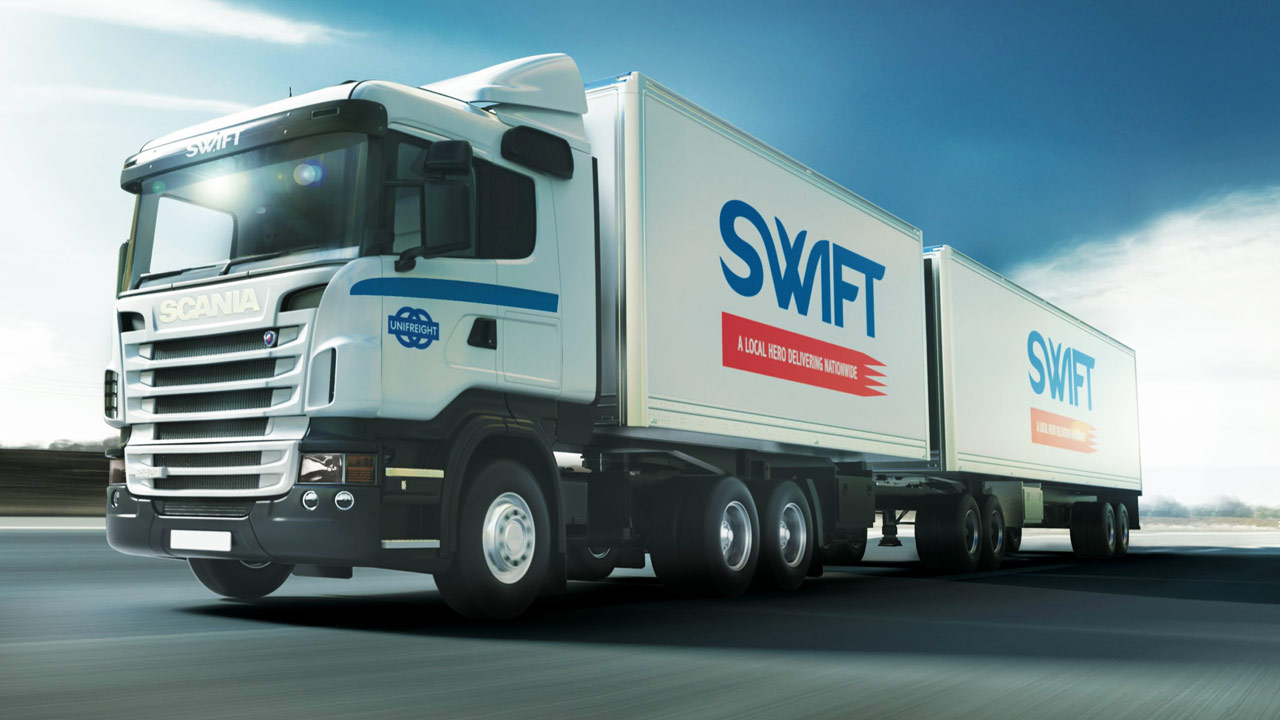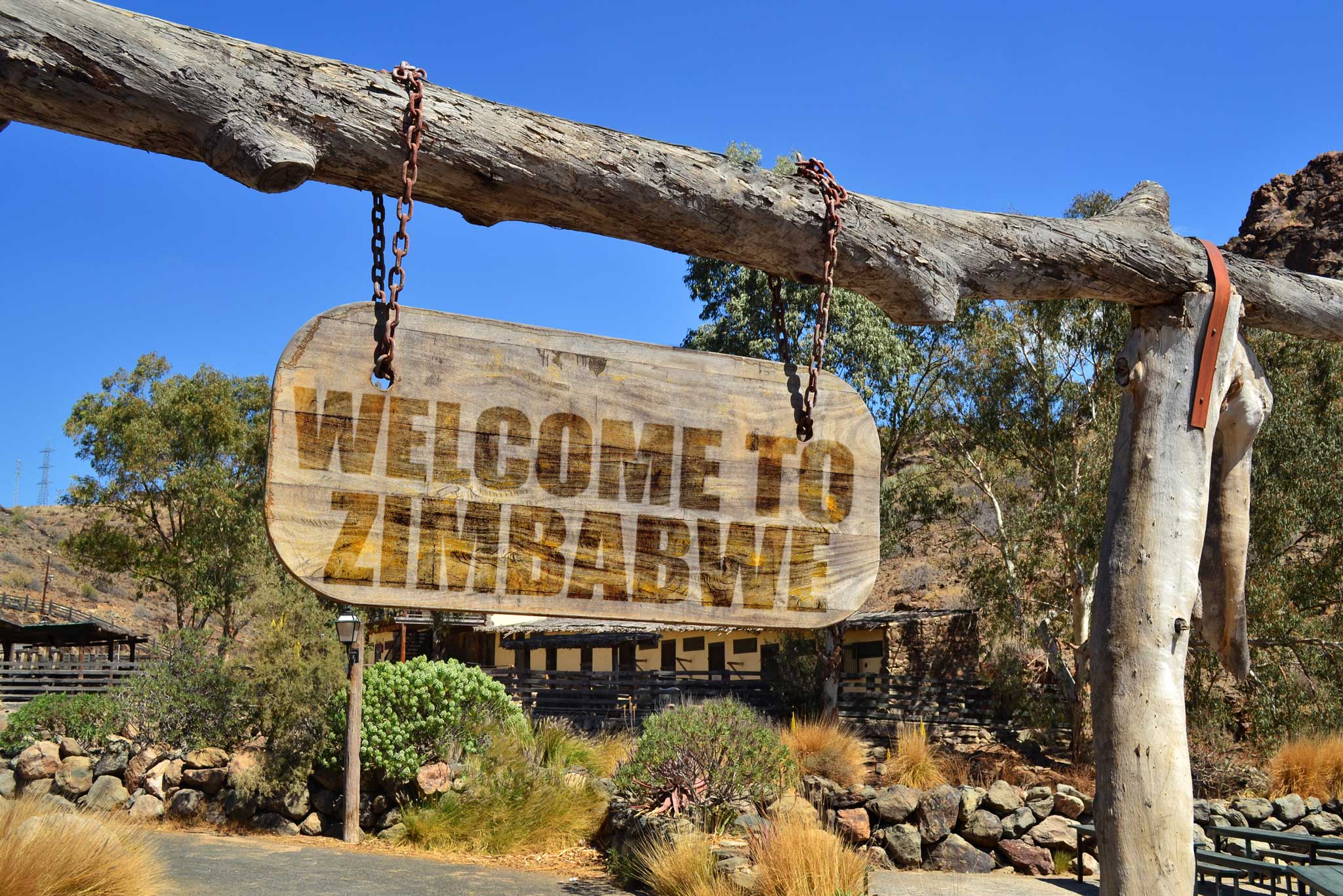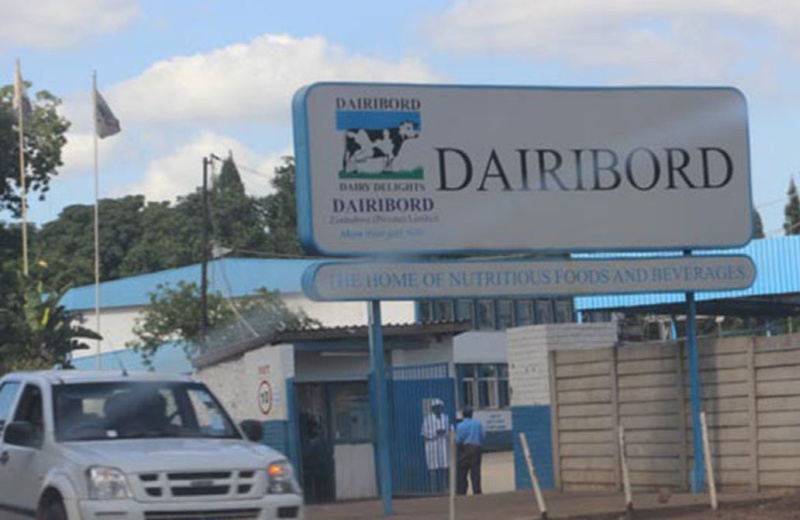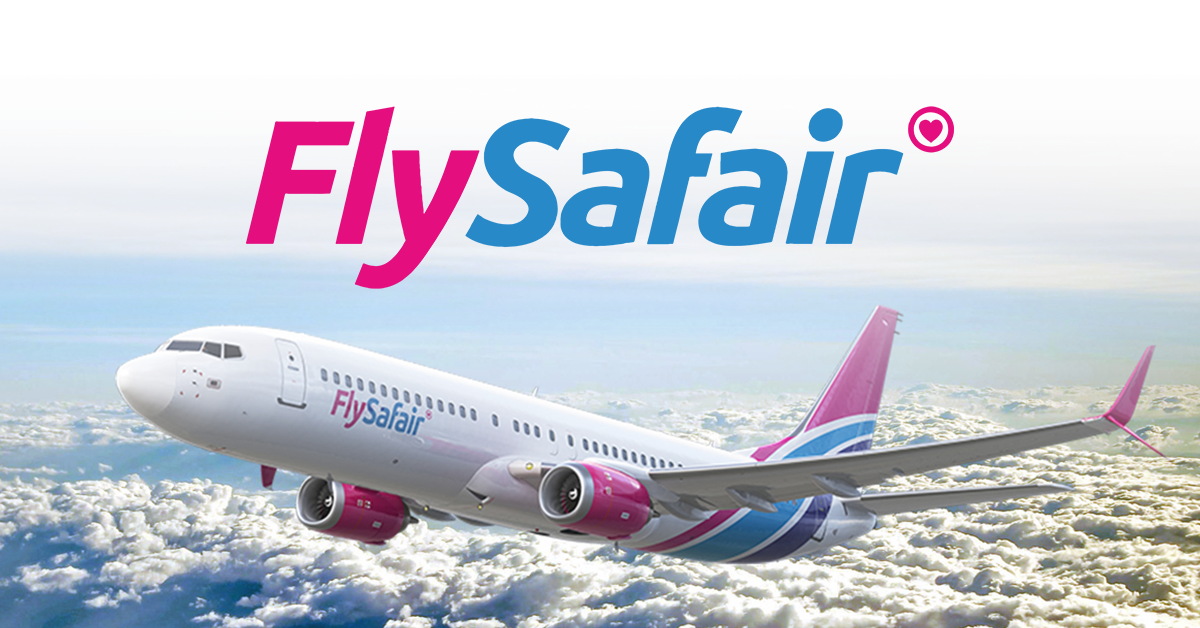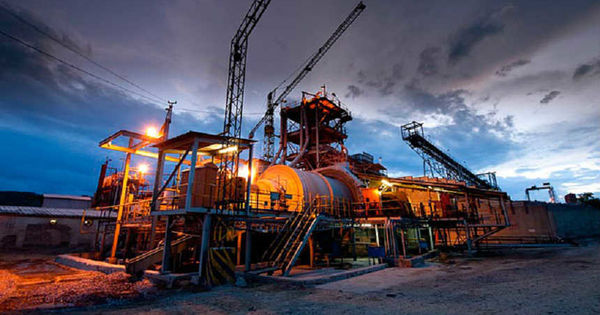Bindura Nickel Corporation adopts new mining strategy
BINDURA Nickel Corporation has adopted a new mining strategy focused on extracting high volume-low grade resources at Trojan Mine increasing the life span of the operation by at least 12 years.
The new business model at Trojan follows the takeover of Bindura Nickel Corporation (BNC) by Kuvimba Mining House a few years ago.
Trojan Mine is owned by the Victoria Falls Stock Exchange-listed BNC, a member of Kuvimba Mining House (KMH) that has recently been acquiring a number of mines in the country reviving them in line with the Government’s national development agenda.
The Government is the majority shareholder in KMH controlling 65 percent stake.
Briefing journalists after a media tour of the mine in Bindura organised by KMH on Tuesday, BNC managing director Engineer Thomas Lusiyano said the shift from the low volume-high grade mining strategy to high volume-low grade mining model has been necessitated by the “radical drastic change” in the geology of Trojan.
“What has since happened is that there has been radical drastic changes in the geology of the mine.
“We used to have a portion of the mine being high-grade resource then the rest of the mine being low-grade resource, but the high-grade resource was sufficient to sustain mining operations for the last decade since 2012 up to where we are now the mine was literally surviving on high-grade resource.
“But with the change that has happened, it has necessitated that we shift our strategy to now increase the volumes mined and processed at lower grades so that the business continues to thrive,” he said.
The exploration programme at Trojan began in July 2021.
“And the net effect of that has been to increase life of mine from three years to 12 years and this is where we are as we speak but we are continuing to explore and to increase life of mine.
“The resource continues deep down, it is open-ended so we can’t even tell where it will end, what was required was machinery for exploration which KMH has provided,” said Eng Lusiyano.
He said prior to the takeover of BNC by KMH a few years ago, Trojan Nickel Mine over the last decade had shrunk to only a fraction of its former self becoming a low volume-high grade mine as focus was only on mining of high grades that constitute three percent of the resource.
Consequently, the mine was utilising up to 40 percent of its installed capacity and through the new business model, the nickel producer seeks to fully utilise 100 percent of its installed capacity which translates to one million tonnes of ore processed per annum.
“The life of mine for Trojan Mine was only three years in the last few years and unfortunately because of that short life of mine even employees here were not sure whether the business was coming or going.
“Investors were not even sure whether there was a business here or not but when Kuvimba Mining House took over there was a lot of investment that was deliberately done to increase the life of mine.
“The first thing to do was to procure a brand new exploration rig, this cost almost US$1 million, so that’s the machine that we are using for exploration,” he said.
Trojan Mine has procured new Long Haul Dumps that came last December as well as production rigs and support rigs because the shareholder has allowed the company to reinvest in the business.
Money – Image taken from Pixabay
In 2021, KMH paid an inaugural US$5,2 million dividend to the Government and other local shareholders following a positive performance.
“We are appreciating the efforts that have been made by the shareholder to allow this business to retool, the shareholder has foregone the dividends that were due to them and the money has been reinvested in business which has enabled us to acquire underground mining mobile equipment across all classes of that equipment,” said Eng Lusiyano.
Over the next five years, Trojan Nickel Mine requires an estimated US$60 million with the bulk of that investment going into continuous acquisition and upgrading of underground mining mobile equipment as well as to enable the company to undertake capital development that will unlock new areas for mining.
“As capital expenditure, we have been investing an average of US$12 million over the last three to four years since KMH took over and we also noticed that the pattern has been the same, the bulk of that investment is going towards procurement of underground mobile equipment and development,” he said.
chronicle


